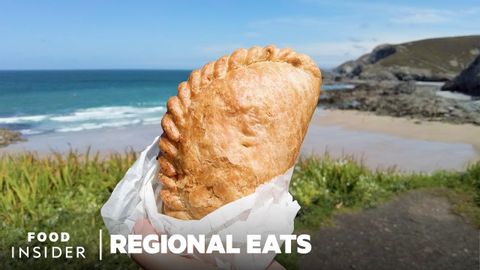
Subtitles & vocabulary
How Traditional Cornish Pasties Are Made | Regional Eats
00
林宜悉 posted on 2022/04/29Save
Video vocabulary
stuff
US /stʌf/
・
UK /stʌf/
- Uncountable Noun
- Generic description for things, materials, objects
- Transitive Verb
- To push material inside something, with force
B1
More delicate
US /ˈdɛlɪkɪt/
・
UK /'delɪkət/
- Adjective
- Easily broken or damaged
- Finely made, with great care
B1
More measure
US /ˈmɛʒɚ/
・
UK /ˈmeʒə(r)/
- Noun (Countable/Uncountable)
- Plan to achieve a desired result
- Tool used to calculate the size of something
- Transitive Verb
- To determine the value or importance of something
- To calculate size, weight or temperature of
A1TOEIC
More bit
US /bɪt/
・
UK /bɪt/
- Noun
- Device put in a horse's mouth to control it
- Small piece of something
- Intransitive Verb
- (E.g. of fish) to take bait and be caught
A1
More Use Energy
Unlock All Vocabulary
Unlock pronunciation, explanations, and filters
